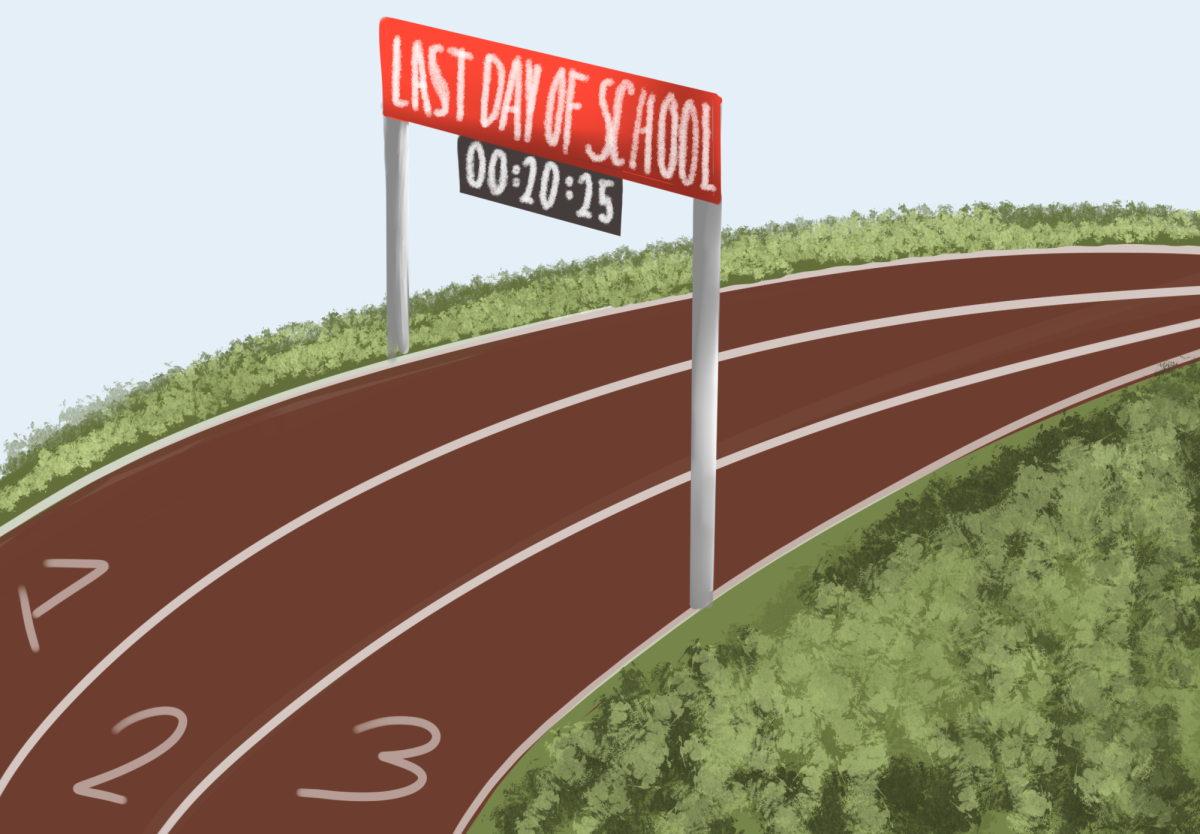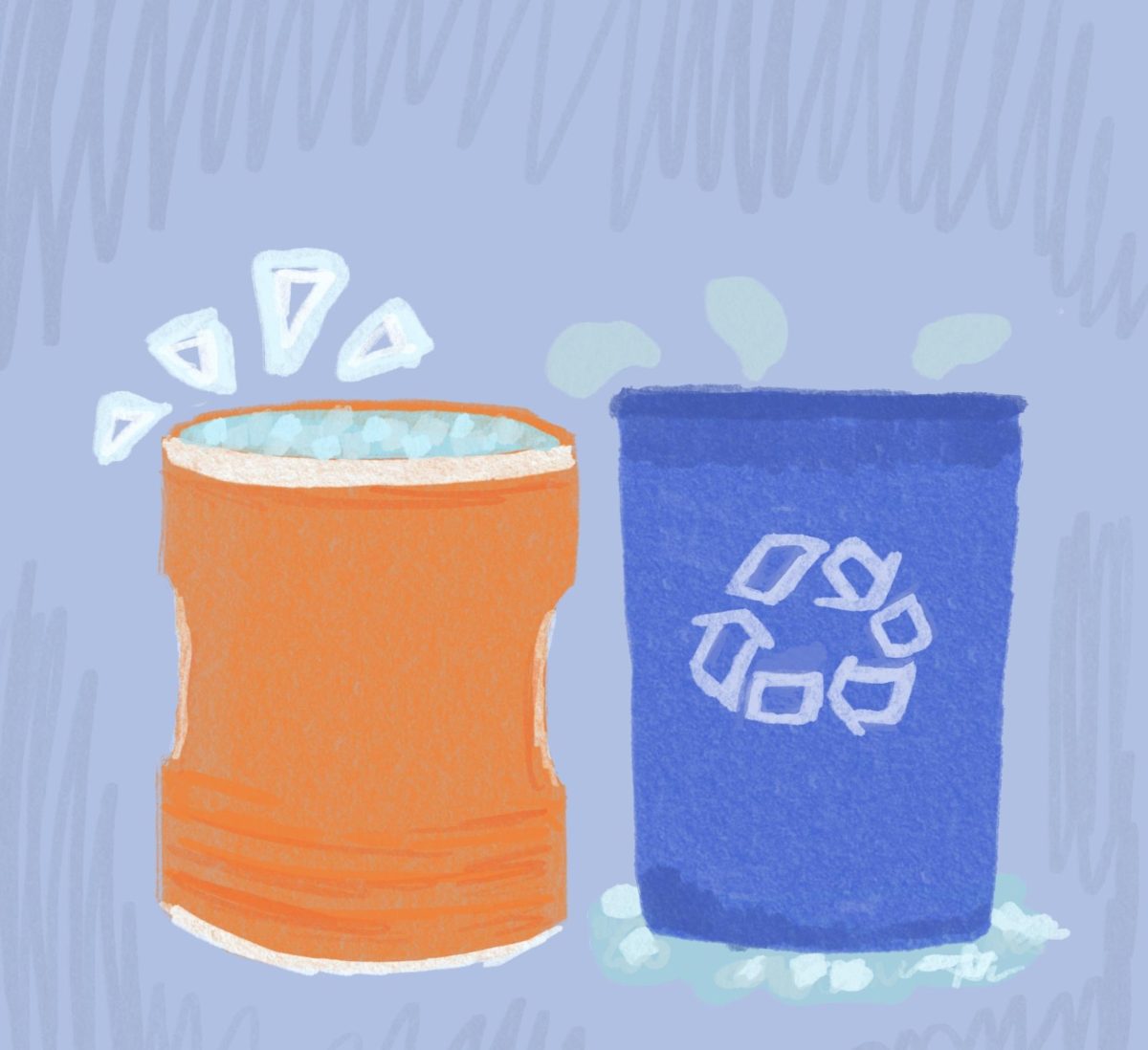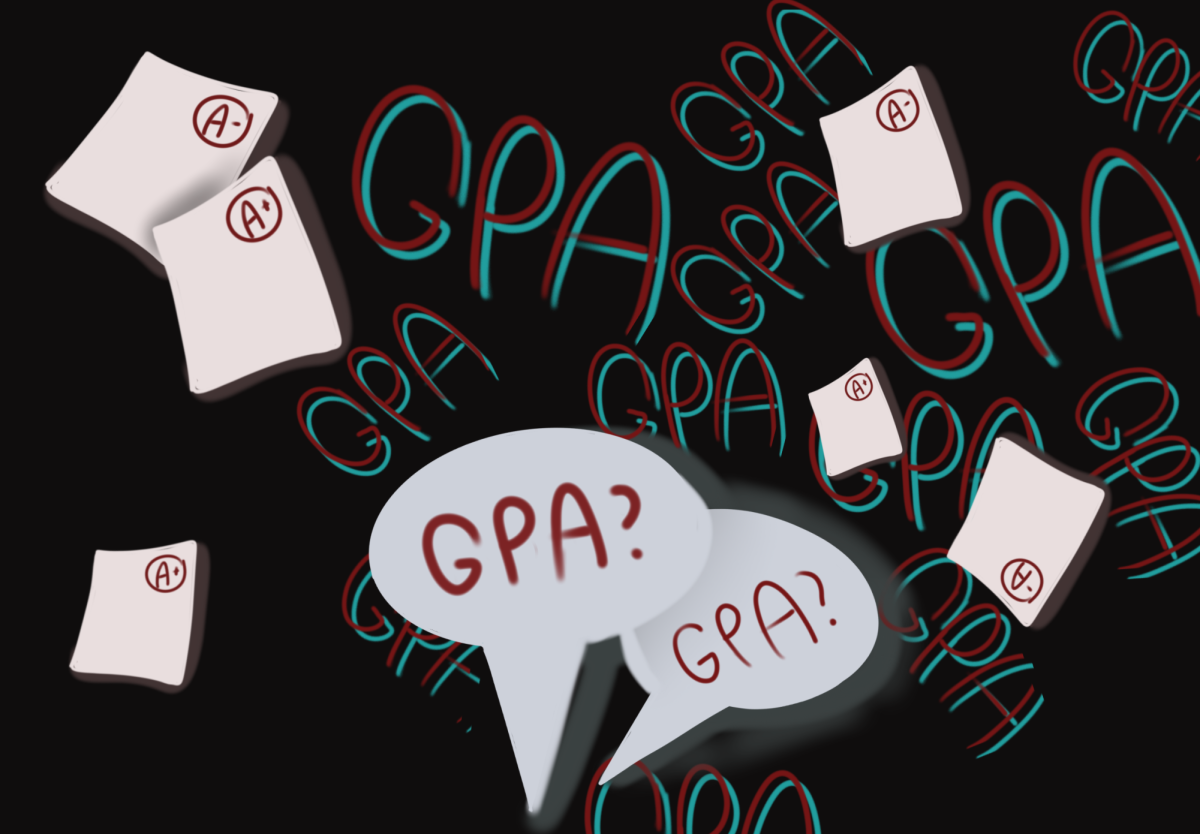Mariia Zhukova ’26
Contributor
Teachers Fitting in Exams During the Winterim
At Loomis Chaffee, the winterim, or “the trenches,” is the nearly three-week sprint from Thanksgiving to Winter Break, characterized by its wildly and widely loathed quizzes and unit tests. As students stress and exam review post-it notes deck the halls, why have these tests at all?
The hard truth is that despite the emotional damage the short span may entail, exams during the winterim benefit students and teachers. However, according to the learning specialist and Learning Access and Student Achievement (LASA) member, Ms. Sadowitz, the exams should not be weighted on an equal scale compared to tests in the actual winter Term – January 3rd to March 1st.
At the time of writing this, students are closing in on the final week of this winterim stretch; those pesky “TEST,” “QUIZ,” and “ESSAY” icons on most Canvas calendars have appeared and become hard to ignore. And with them come the outraged cries of countless students, all echoing some version of “What’s the point?”.
Well, the point, or one of the points of these assessments, is pacing. As one of Loomis Chaffee’s Academic Deans, Mr. Lawrence, said, “It’s a challenge for teachers and students to be able to establish learning objectives that can be met [during the winterim] and still follow the pacing of the term.” This means that if there are no assessments during winterim, or a unit is not completed, the result may be that the rest of the winter will feel disproportionately demanding due to the disruption in the pacing of the class. However, many students experience a disparity in assessments, with some teachers being more challenging than others, even when teaching the same subject. To mitigate this, a cohort system is in place, wherein teachers of the same subject meet and discuss how to best teach their respective classes. According to most teachers, administrators, and faculty members, this system is effective.
However, student feedback on the issue has been decisively less optimistic, as leaving assessments largely up to teacher discretion has given some students a perceived advantage over others due to having a lighter load of assessments. Notably, though, to address the stress that both teachers and students experience during these weeks, there has been talk in faculty meetings of devising a set of guidelines to see faculty and students throughout the winterim, but the result remains to be seen.
Another primary reason for the assessments during the last week of winterim is that winter midterms are due a week after students return from winter break. For these midterms to reflect the student’s progress in the class, many teachers argue, the student must be assessed sufficiently beforehand. This fact is especially true for Advanced/CL classes, which require more work and in which more assessments take place across the board.
Not assessing students sufficiently before the midterm will lead to even more grade inflation than students currently experience, – which we are told is a substantial amount – and an overwhelming workload in the weeks after winter break, which is not ideal. A solution that has been proposed to keep winterim stress minimized is giving minor assessments during winterim (think homework and completion grades) and saving major assessments for the week before midterms, immediately after break. “This approach,” argues Modern and Classical Languages Teacher Mr. Karrat, “may allow students to actively recall material they learned over this stretch, be assessed on it, and mitigate winterim stress.” And yet, many teachers and students agree that the flaw with this approach is that it may not allow for extensive relaxation over winter break, with exams just around the corner.
So what do we do, in such an awkwardly placed period, to challenge yet not overextend students, keep assessments equal and fair for everyone, and additionally allow teachers to bring their own approach to the table? The answer is simple: the winterim should still have assessments, in order to give students a clear view of their progress in the course on their midterm report, but the assessments should weigh less heavily than main-term tests on the student’s grade overall. To achieve this and keep it fair, winterim grades should be reduced in points by a certain amount (i.e., 10%), and cohorts should have a set amount of assessments that they are allowed to give to students. Under this rule, teachers get to choose how to assess their students and show their individual teaching styles through this, but there is no large-scale disparity between individual classes, and both students and teachers get to enjoy what should be the most wonderful time of the year.
Categories:
Teachers Fitting In Exams During The Winterim
Mariia Zhukova ’26, Contributor
February 11, 2024
More to Discover





